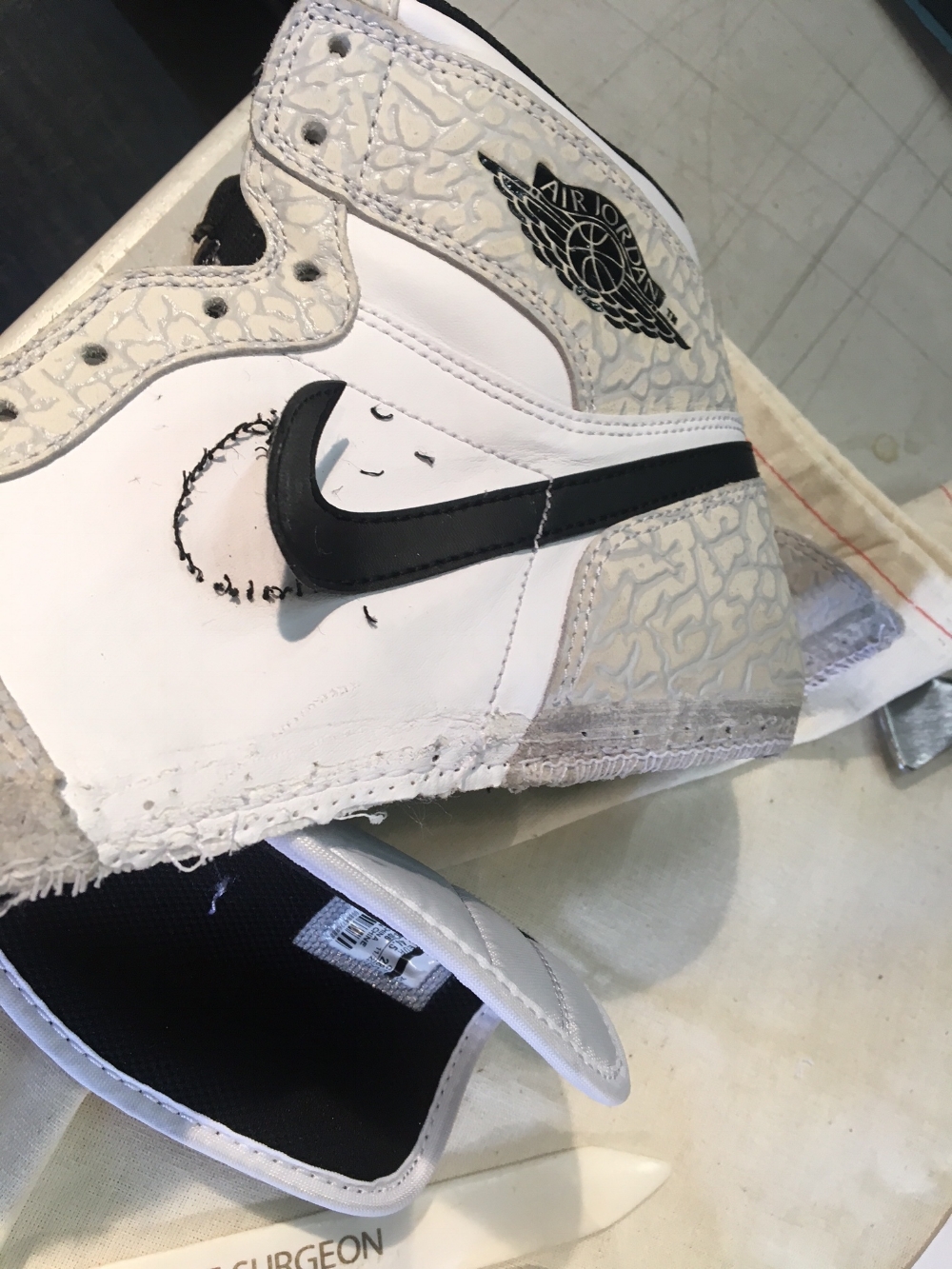In 1998 the Nike Air Max Pillar was released.
The caged upper, and squiggly midsole design caught my eye right away.
From 1995 thru 2000, a majority of my Nikes had a full length airbag (TL). "Total Air" which is another word for full Air Max cushioning. The Pillar was one of the many. Bulky, but ultimately a comfy trooper. The upper was different, the outside had a 3M reflective cage, while the inside was textured perforated leather.
The caged upper and the appearance of netting to secure the foot is one of the concepts I have gravitated to over the years. I'm also a sucker for 3M reflective, pull tabs, and tongues with holes.
The shoe has been retro'ed recently, and while I will always have a soft spot in my heart, these Pillars would definitely be an outlet buy nowadays.
Shoutout to the designer (and team) responsible for this shoe!
Sources:
http://www.sneakerhead.com/nike-air-max-pillar-525226003.html

















































